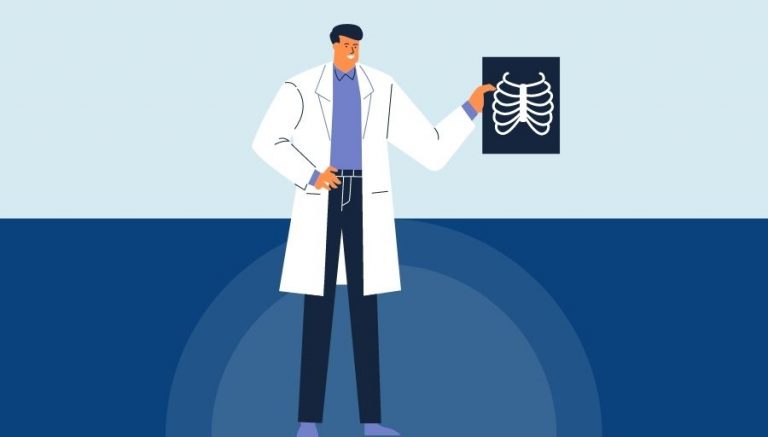How To Use CPT Code 53660
CPT 53660 describes the dilation of the female urethra, including the use of suppositories and/or instillation of medication. This article will provide an overview of CPT code 53660, including its official description, the procedure involved, qualifying circumstances, appropriate usage, documentation requirements, billing guidelines, historical information, and examples.
1. What is CPT Code 53660?
CPT 53660 is used to describe the dilation of the female urethra, specifically for patients experiencing voiding problems due to urethral stricture. During this procedure, a physician inserts dilators of increasing size into the urethra to widen the passage and promote proper urine flow. Additionally, suppositories may be used, and instillation of medication may be performed to relieve the stricture.
2. Official Description
The official description of CPT code 53660 is: ‘Dilation of female urethra including suppository and/or instillation; initial.’
3. Procedure
- Physician inserts a suppository and performs instillations to dilate the urethra.
- After lubricating the area, dilators of different diameters are inserted to gradually widen the passage.
- This procedure is typically performed during the initial visit of the patient for urethral dilation.
4. Qualifying circumstances
CPT 53660 is performed for the treatment of female urethral stricture, which occurs when part of the urethra narrows due to injury or infection. Patients experiencing voiding problems due to urethral stricture are eligible for this procedure.
5. When to use CPT code 53660
CPT code 53660 should be used when a physician performs the dilation of the female urethra, including the use of suppositories and/or instillation of medication, during the initial visit for urethral dilation. It is important to note that this code is specific to the dilation of the female urethra and should not be used for other procedures or conditions.
6. Documentation requirements
To support a claim for CPT 53660, the physician must document the following information:
- Patient’s diagnosis of urethral stricture and the need for dilation
- Use of suppositories and/or instillation of medication
- Date and details of the procedure, including the size of dilators used
- Any complications or adverse events that occurred during the procedure
- Signature of the performing physician
7. Billing guidelines
When billing for CPT 53660, ensure that the procedure is performed by a physician and includes the use of suppositories and/or instillation of medication. It is important to follow the specific documentation requirements and guidelines provided by the payer. Additionally, consider any applicable modifiers or additional codes that may need to be reported in conjunction with CPT 53660.
8. Historical information
CPT 53660 was added to the Current Procedural Terminology system on January 1, 1990. There have been no updates or changes to the code since its addition.
9. Examples
- A physician performs the dilation of the female urethra, including the use of suppositories and instillation of medication, during the initial visit for a patient with urethral stricture.
- During the procedure, the physician inserts dilators of increasing size into the patient’s urethra to widen the passage and promote proper urine flow.
- Suppositories are used to aid in the dilation process, and medication may be instilled to relieve the urethral stricture.
- The physician documents the details of the procedure, including the size of dilators used and any complications that may have occurred.
- After the procedure, the patient experiences improved voiding and relief from the symptoms associated with urethral stricture.
- Another physician performs the dilation of the female urethra, including the use of suppositories and instillation of medication, for a different patient with urethral stricture.
- The procedure is performed during the initial visit, and the physician carefully selects the appropriate dilators to gradually widen the urethral passage.
- Suppositories are inserted to aid in the dilation process, and medication is instilled to alleviate the patient’s symptoms.
- The physician ensures accurate documentation of the procedure, including the specific details and any relevant findings.
- Following the procedure, the patient experiences improved urine flow and relief from the discomfort caused by urethral stricture.



